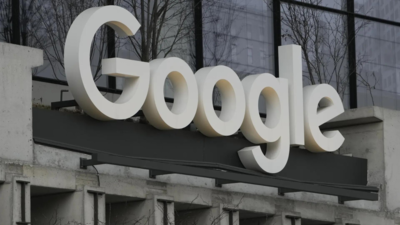

BENGALURU: Google and its Indian division initiated legal proceedings in the US against Harshit Roy, a former employee from their Bengaluru office, for disclosing confidential trade secrets. The disclosed information included detailed specifications of proprietary hardware and software for Pixel devices, which appeared on his social media accounts. Google engaged an external investigator to track down Roy to stop him from further dissemination of the misappropriated trade secrets that caused irreparable harm to Google.
After extensive efforts and significant costs, Google located Roy in Austin in Texas, following his persistent misconduct and refusal to remove his published materials. Given his Texas residency and his actions involving trade secret misappropriation within the state, along with threats of further violations, he falls under the jurisdiction of both the federal Defend Trade Secrets Act (DTSA) and the Texas Uniform Trade Secrets Act (TUTSA). Google promptly served him on the campus of the University of Texas at Austin (UT Austin) with a November 14, 2024, letter seeking his cooperation for an out-of-court resolution.
Roy published another post on X, containing what appears to be a photograph taken during his employment of his Google-issued laptop computer displaying an internal Google document detailing the technical specifications for the Pixel smartphone’s cryptographic accelerator, a processing chip that allows for more efficient processing of data and, in hand, increased device efficiency, the lawsuit said.
These documents provided key specifications and features of Google’s yet-to-be-released SoC for unreleased Pixel devices. Roy then flaunted his breach, captioning his post with the following text: “Google Don’t expect me to adhere to any confidentiality agreement.”
In addition to Qualcomm, Roy also copied Apple, a principal competitor of Google in the smart device market, on the post. Roy included the text: “Let me know if need more info,” suggesting he possessed additional confidential Google information and was prepared to share it with Google’s business rivals.
Google’s external investigator personally delivered a final cease and desist notice to Roy, whilst also sending a copy via email to his most recent email address on the same day.
The notice demanded immediate removal and return of Google’s confidential information. The letter provided Roy adequate time to respond and work with Google to relinquish possession of Google’s trade secrets. However, Roy did not acknowledge or comply with the cease-and-desist notice. An email sent to Google did not elicit a response till the time of going to the press.









